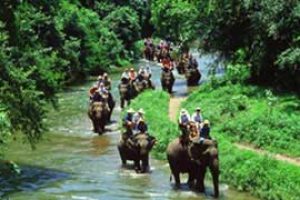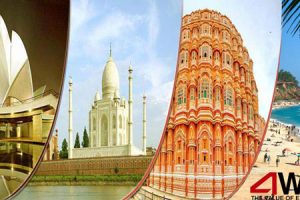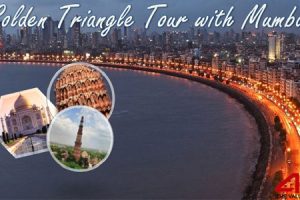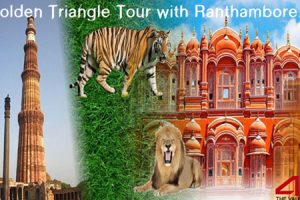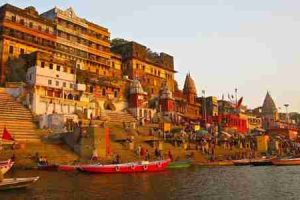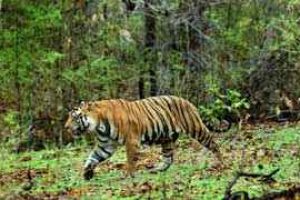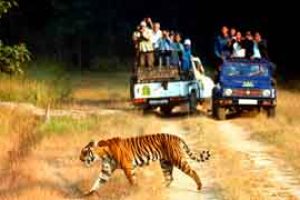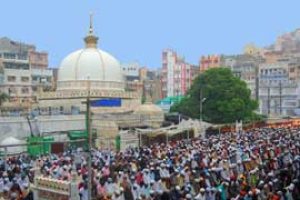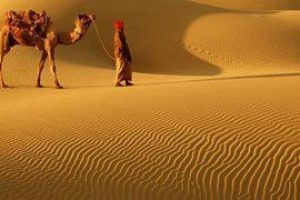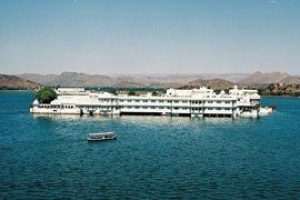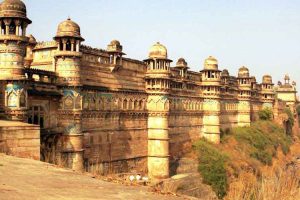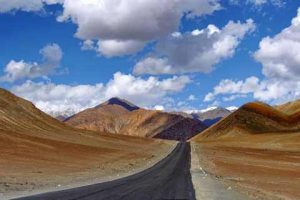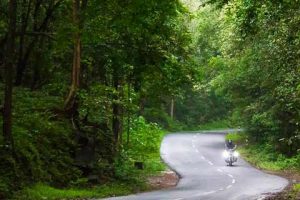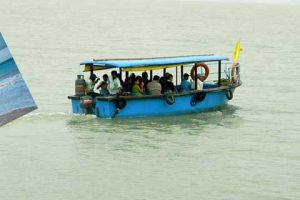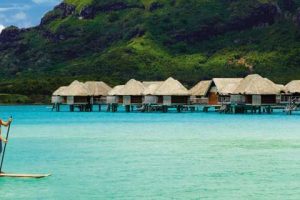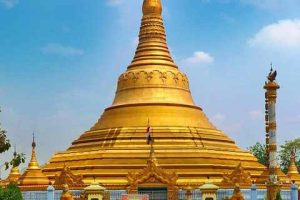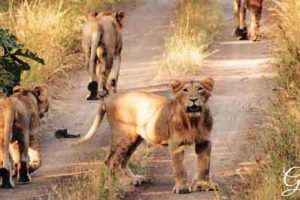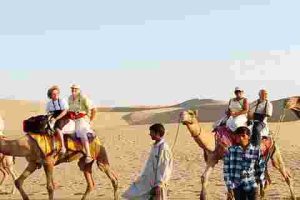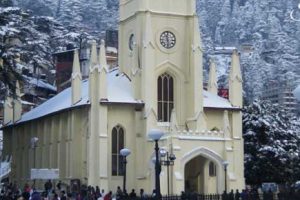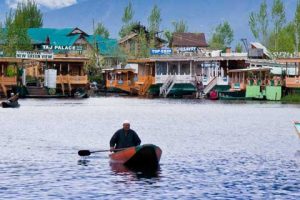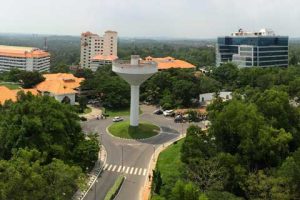Explore India: Your Ideal Adventure Trip, Tailored by
India's Best Tour Operators
21+ Years of invaluable experience
India could be a terribly lovely country. India is one among the popular destination spots all across the world, owing to the varied culture, made heritage and selection in religions, language and therefore the fantastic design. There are several Tourist destinations in India that are really hypnotic and unforgettable. The land of India is dotted with many traveler attractions and ready to satisfy all form of tourists, whether or not they are nature lovers, heritage lovers, beach lovers, journey and sports lovers or culture seeker. In fact, India is wealth of Tourist attractions. There are Several India Tour packages are available within the India today.
Discover India in a very new light-weight by availing the India tour packages of Four Wheel Drive India that is understood for best services supplier in Tours and Travels in India. These packages to India create your travel straightforward and of your interest. India Tour Packages is associate degree fascinating thanks to capture the charming aspect of India. A country with a billion hearts is surely a tourist’s paradise. India encompasses a rich and vibrant past full of historical delights. The simplest thanks to explore the sweetness of such Travel Destinations in India are through India tour packages.
Different India tour packages for terrific expertise.
Four Wheel Drive India Pvt. Ltd. offers big selection of India Tour packages to decide on from. These packages embody golden triangle package, marvelous Rajasthan package, heritage package, cultural package, historical monuments tour, Desert safari. These tour packages will assist you to experience the important pleasure of peaceful and enchanting journey. India tour packages also include several exotic packages for the wildlife sanctuaries and desert safaris lovers.
One of the well-known Golden triangle packages covers three popular cities of northern region that’s Delhi, Agra and Jaipur. These cities are most favored Tourist Destinations in India. Four Wheel Drive India doesn’t just offer you how to explore tourist destinations in India which can be customized in different ways with car rental in India.
TOP TRENDING
Tailor-made Trips to India








TOP TRENDING
Holiday Destinations
Holiday Trending Tour Packages
Best Of Golden Triangle India Tour Packages
READ THE TOP
 India, where culture echoes, tradition speaks, beauty enthrals and diversity delights. Bounded by the majestic Himalayan ranges in the north and edged by an endless stretch of golden beaches, India is a vivid kaleidoscope of landscapes, magnificent historical sites and royal cities, misty mountain retreats, colourful people, rich cultures and festivities. Awesomely vast, anciently exotic, divinely colorful – India is a mesmerizing portrait that adorns the world of travel and tourism with its sheer beauty and diversity. Holidays in India are package full of delights designed to enthral.
India, where culture echoes, tradition speaks, beauty enthrals and diversity delights. Bounded by the majestic Himalayan ranges in the north and edged by an endless stretch of golden beaches, India is a vivid kaleidoscope of landscapes, magnificent historical sites and royal cities, misty mountain retreats, colourful people, rich cultures and festivities. Awesomely vast, anciently exotic, divinely colorful – India is a mesmerizing portrait that adorns the world of travel and tourism with its sheer beauty and diversity. Holidays in India are package full of delights designed to enthral. 
Four Wheel Drive Private Limited is a registered company by the Government of India. Company mpvanaged by Mr. Anil Sinha, who is driving training instructor with HSE (Health, Safety and Environment) background and his team of professionally qualified youngsters are fully equipped to offer you the best of Real Indian experience. Rajasthan Four Wheel Drive doesn’t just offer you how to explore a destination but to experience it as well. Rajasthan Four Wheel Drive has great variety of tours which can be customized in any way i.e. whether you are a jungle beast who loves to trail tigers and follow birds, or a historian at heart who loves to listen to the stories etched in stone. We bring you fantastic finds, great deals of hotels, car rental, flight, train, jungle safaris, tour excursions, exclusive itineraries, professionally trained drivers with good communicating skill to make your tours to Incredible India one of the most memorable and pleasurable experience of your life.

Vehicles and trained Drivers at Four Wheel Drive India are molded with professional skills, positive working attitudes, competent driving techniques and skills to serve and deliver our customers with high quality services, handle them with high care and reach the destinations with Safety as first priority. Driving with Four Wheel Drive India makes you feel more comfortable, confident, feel at home and last but not the least is more Safe. We have a fleet of luxury MUV and 4WD vehicle which are not only air-conditioned but are also equipped with well versed safety features like Fire Extinguishers, Seat Belts, First Aid Kit, Emergency Response Plan, and many more..

Four Wheel Drive India Private Limited has a vast network of hotels across the nation which suits you in every way. We offers a wide range of hotels, resorts, motels, lodges, home stays, farmhouses, etc ranging from luxury to budget, so whatever be your requirement, you will get the best in convenience.
With collaboration over 2,000+ hotels situated all across the country, we aim in offering best courtesies at minimal price. Additionally, we have an annual tie up with the entire big chains hotel which offers us the best special rates with all the facilities and luxuries.
To those, who possess a royal style of livings and searching for a king like stay, here their search ends because we have brought a wide list of heritage hotels especially keeping the need and thoughts of them. Browse our specially designed list of heritage hotel or choose any of the hotel as per your demands, and we will make your dream come true.
You need not to do anything, just fill this online enquiry form and then we will get back to you with a list of hotels as per your requirements.
Experience the Safe Stay with Us!!! Click Here to Book Heritage Hotel with Us.

The Driving Training and Assessment program is based on best practices that have been developed by Four Wheel Drive India keeping in mind the Indian environment, the high traffic risk due to lack of road sense/awareness, huge amount of road accidents, casualty, injuries, complex geography and terrain of the country etc. We have a very highly competent, professional and skilled trainers, who understands the requirements of our clients such as Vehicle and Drivers assessment program, 4WD trained drivers, Hazard Identification and Risk Assessment training, Health Safety Environment Management System and more like Vehicle & Driver Assessment Program, Road Accidents & First Aid, Medical Site Assessment Program, Accidents, Incidents Investigation Training for Corporate, Tailor Made Training Program For Driver.
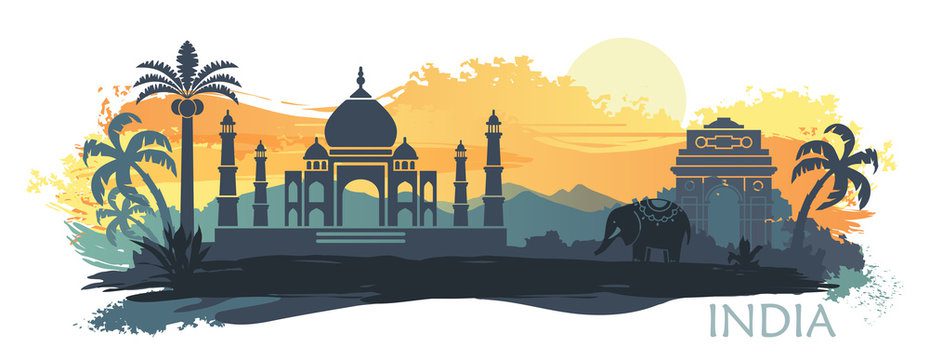
Plan your Custom Trip with us?
Private Car and Driver or Tour Packages.


